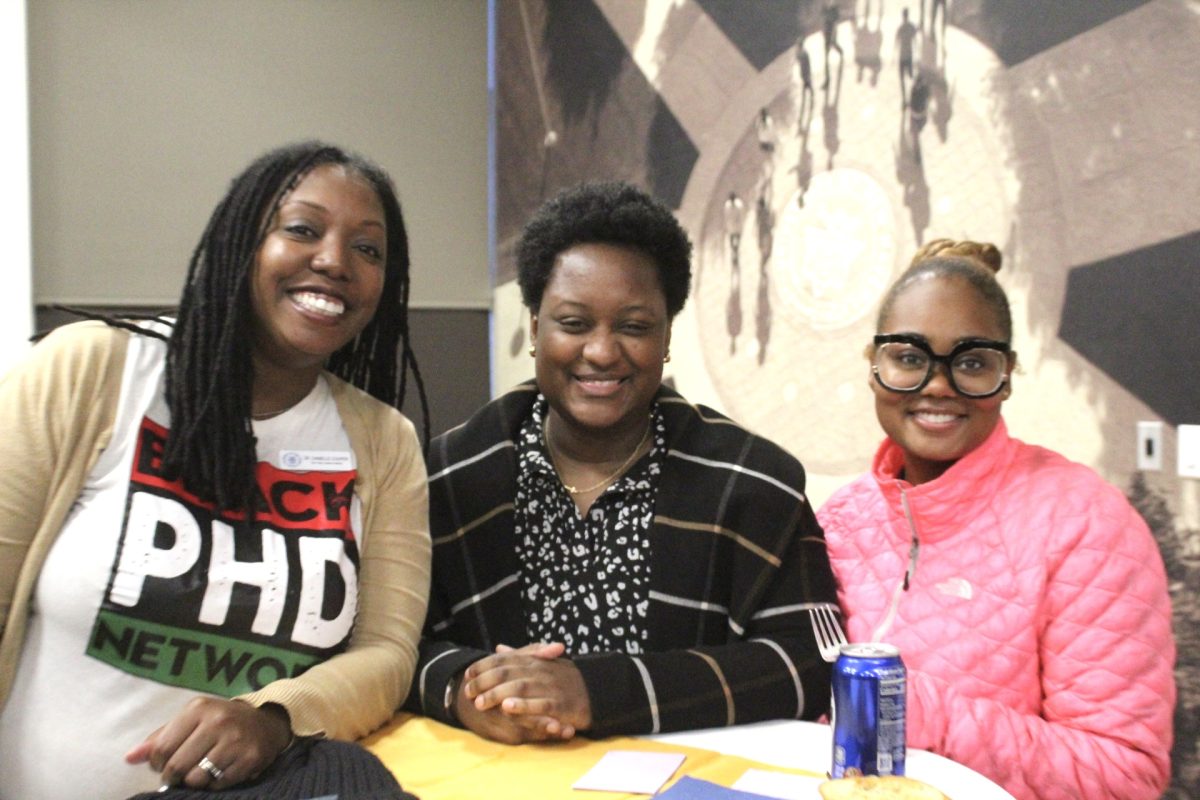A method to reinstate a patient’s health is exactly what doctors today are searching for. The big question is how they are going to do it. Starting with cells in the human body, scientists have possibly discovered a new way of reestablishing this transformation, as easy as converting one specialized cell into another.
One researcher, John Gearhart, from the University of Pennsylvania, believes that, according to the Associated Press, “doctors could get other cells into a patient’s organ, when dealing with a heart attack affecting the patient’s muscle tissue in the heart. This will make the organ become muscle to help the heart pump.” He knows “that’s a futuristic idea, but researchers are enthusiastic about the potential for the new direct-conversion approach.”
“I think everyone believes this is really the future of so-called stem-cell biology,” says Gearhart, who is learning to conduct this experiment, and overtime, have it cure any patient who needs to be treated for diseases, such as ‘Parkinson’s,’ or diabetes.
Before this magnificent approach, researchers and scientists had reversed this process back in 2007, when they got to resemble embryonic stem cells, creating a new advance by transforming skin cells from a patient into stem cells at the lab. This made it possible for doctors to get any kind of cell they desired, in order to make a transplant.
Instead of using this method, scientists have chosen to do the opposite for various reasons. As Gearhart mentioned, the new approach “may offer some other advantages over more established ways of producing specialized cells. It is also proving to be inefficient and more difficult than expected.” This is because the developed heart muscle cells aren’t fully matured, according to this researcher.
Although is the past year, scientists have been looking to translate mouse skin cells into nerve cells. By doing so, they have been able to come across an idea of transforming skin cells into early age blood cells, which turned out to become a great accomplishment. As a scientist mentioned, carrying the same DNA code in one’s body is the secret to a cell transformation. “A cell’s identity depends on its lineup of active genes,” Gearhart said according to the Associated Press. “So, to convert a cell, scientists alter that combination by inserting chemical signals to activate particular genes. This is something that’s really caught fire because it’s an easy strategy to use; everyone’s out there trying their different combinations to see if they can succeed.”
Another researcher, Daley, reports, “There are a lot of experiments failing, because a lot of people are just taking a trial-and-error approach, and that’s fundamentally inefficient. And yet, it may create a breakthrough.” He also mentions, “When we make a duck look like a cat, it may look like a cat and meow, but whether it still has feathers is an issue.”
But in any case, “scientists will still work with embryonic stem cells and the man-made versions first produced in 2007, called iPS cells. Those technologies clearly have places in various kinds of research, and it’s not yet clear whether they or direct conversion will eventually prove best for manufacturing replacement cells for people,” as both researchers have stated according to the Associated Press.
Although this project is not yet ready to be tested on anyone, it gives scientists and doctors a hope in treatment and saving lives in the near future.







